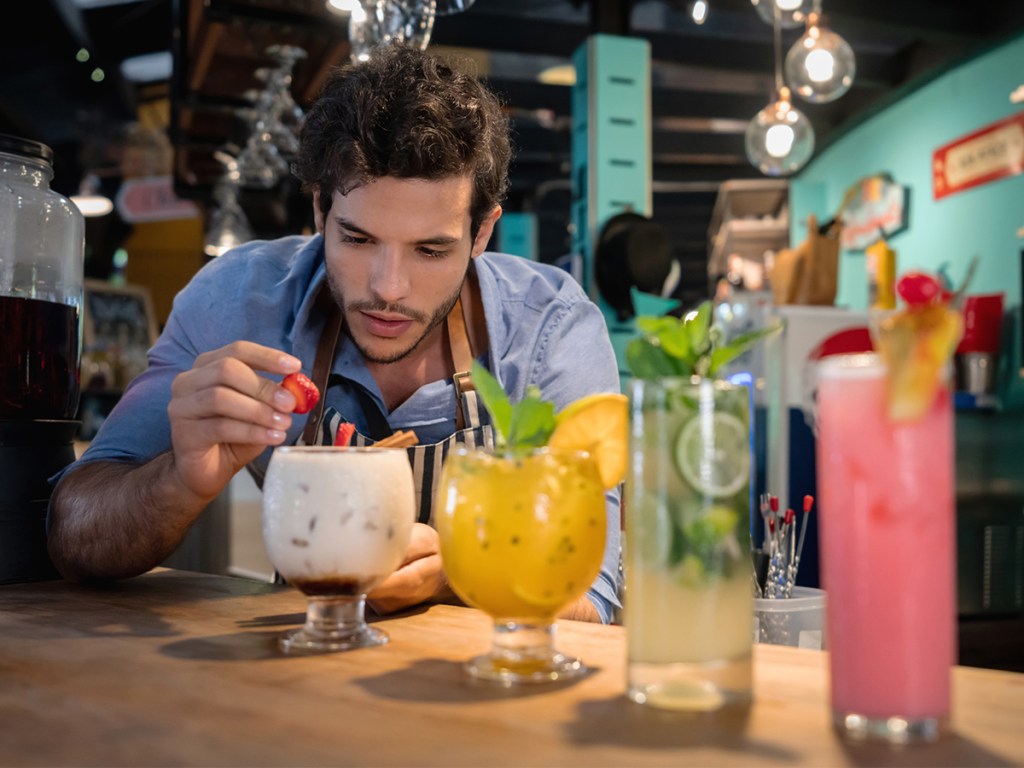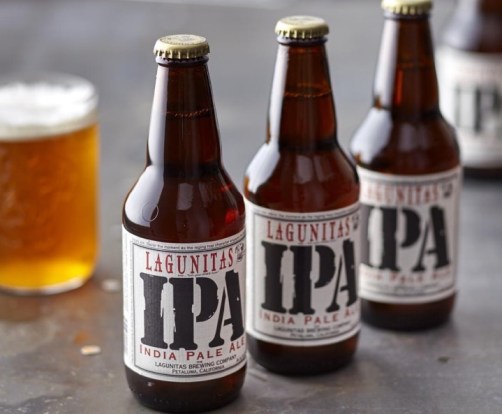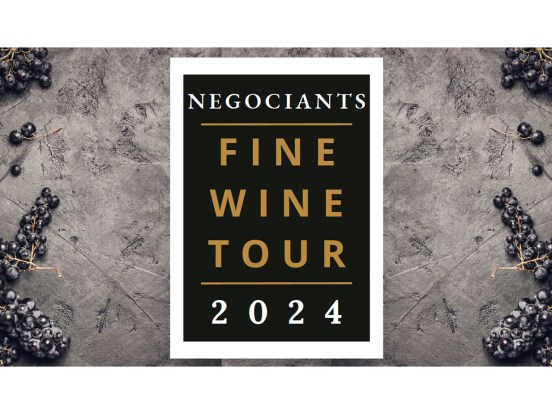After a tough few years, every Kiwi bar owner is looking to maximise their profit over summer – Peter Nelson from Sculpture Hospitality shares how.
After everything that we have all been through hospitality is looking forward to increases in tourism and locals getting out enjoying the local bar and restaurant scene. One thing that hasn’t changed though is the amount of competition, if you want to make sure you are getting your share of the summer business, it is important that you have your venue in top shape and that starts with making sure you have your eye on profit and one of the key areas is inventory.
Nobody ever said managing a bar inventory is easy. It requires consistent inventory counts and calculations that give you insights into overall business performance, you need to have your team to record data accurately and a range of back-end processes.
What makes bar inventory even more difficult is the fact there are dozens of different processes, technologies, strategies and methods out there that all claim to be the best way to manage inventory.
No matter how well you think your business is in control of its bar inventory, there’s likely always something you could be doing better. And the better you count and manage your inventory, the more profitable your business will be.
With that in mind, let’s take a look at some signs that, no matter how well you think your business is performing, your bar might have an underlying inventory problem that’s impacting your profitability, something that we at Sculpture Hospitality see and work with regularly.
Inconsistent stock levels without any change in sales
Managing your bar’s inventory relies on accurate counts, putting that data into your inventory management system correctly and then using a system that’s designed to give you the specific metrics and key performance indicators that your business is interested in.
If you’re doing all of that, but you’re still finding that you have inconsistent stock levels without any change in sales, then it’s likely that you’re not recording your data correctly. In most cases, we find that this is commonly down to bars manually managing their inventory.
When you implement consistent inventory counts along with an effective inventory management system, your business will be able to gain insight into your actual inventory used compared to your theoretical beverage inventory costs. The difference is known as liquor shrinkage or variance, and it helps you determine which products are experiencing loss and impacting your bar’s profitability.
It is very easy to get caught in the trap of thinking “my pour cost is good”. Just because your PC might seem ok to you doesn’t mean that it is, could be two or three points off where it should be. It is imperative that you know both what Pour Cost you have achieved and what you should have achieved. This then enables you to identify where your shortage has occurred and how to address it.
Having too much stock on hand
The inventory your bar holds is an investment into your profitability – but finding the right balance is crucial. Not having enough inventory can seriously impact your customer experience, but having too much inventory on hand will affect your profit margins and your cash flow.
If you find that your bar consistently has too much stock on hand, then it’s likely you’re being left with both slow-moving stock and deadstock. When your bar has deadstock and slow-moving stock, then you are losing out on profits and tying up the capital needed to invest in other areas of your bar or restaurant.
Deadstock is typically a sign of overbuying, poor forecasting and not aligning your sales strategies with stock on hand. An effective bar inventory management strategy can help you resolve all of those issues, giving you greater visibility and control of your inventory.
Not updating menus and prices
No matter how well your bar is performing, it’s crucial that your retail prices are updated regularly. Keeping up to date with inflation, supplier price increases and market forces mean that you need to be keeping a constant overview of both cost and sell pricing.
If you aren’t updating your prices in a fairly regular manner it could be a sign that you aren’t getting the inventory data you need to truly determine how your business is performing and how profitable your menu items are.
High pour costs in relation to your competitors
One of the most important metrics when it comes to gaining visibility into the profitability of your bar is your pour cost. Pour cost gives you insight into business costs, the profitability of each drink and helps you to determine at what price you should set your menu items yet many bar owners have no idea what their pour cost should be.
In reality, there is no right pour cost. It depends entirely on the type of bar that you run. For example, a nightclub needs to run a significantly lower pour cost percentage than a sports bar because a nightclub may only be open for a few hours a few times a week.
The best way to get an idea of your pour costs is to gain an understanding of the pour costs for some of your competitors in the same industry category as your business. If you have high pour costs compared to other similar businesses, it’s likely a sign you have a bar inventory problem.
Summer is a time that as an industry we traditionally enjoy an upturn in business, make sure that you are ready to enjoy to reap the rewards of this by managing and monitoring your inventory and profitability effectively.
Originally published in the November issue of The Shout NZ.
Did you know?
There are six ways you can catch up with The Shout NZ?
Our print magazine – November issue out now! Subscribe here.
Online, updated daily with its own unique content and breaking news.
Our weekly newsletter – free to your inbox! Subscribe here.
Our digital magazines – the latest issues are online now.
We are also on Facebook and Instagram!





